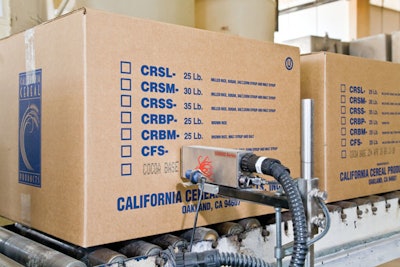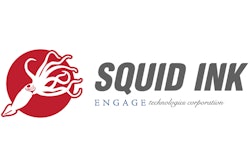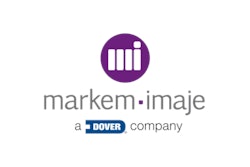
“It takes a lot of equipment and money to make one cornflake,” says Sterling Savely, chairman and CEO of California Cereal Products, Oakland, CA. “So when the equipment sits idle, it’s pretty expensive.” Even one machine sitting idle for several hours can result in thousands of dollars lost—a problem that happened frequently with the company’s previous case-coding system.
“The first few times the coder shut down, no one could figure out what was wrong,” says Savely. “So we’d have to get hold of an emergency technician to get some magic override code.” Eventually, the company discovered the problem: The coder was programmed to use up a bottle of ink within a certain time period, and if that period of time elapsed, the computer system would shut the machine down regardless of whether or not the ink was finished. “It may not have been a problem if we’d used this machine for the same product and ran it 24/7,” says Savely, “but as a co-packer, we have lots of different customers and lots of different products.” If the printer wasn’t in use one month because a customer didn’t place an order, the computer’s internal clock kept ticking as if the printer was still in use. In addition, the machine was hard to keep clean. “If you stopped for awhile, you’d immediately have to start putting solvent through the system so it wouldn’t plug up,” says Savely.
Keep it simple
It took a cold call from a Squid Ink (www.squidink.com) sales rep for California Cereal to finally replace its existing coding systems with a simpler, more cost-effective solution. As a result of the call, the company purchased from Squid Ink a large-character, drop-on-demand ink-jet printer called the SQ/2. “We paid about $2,500 per print head,” says Savely, “and there’s one on each side, so that’s $5,000. That replaced a $25,000 piece of equipment, and it’s 100 times more reliable.”



























